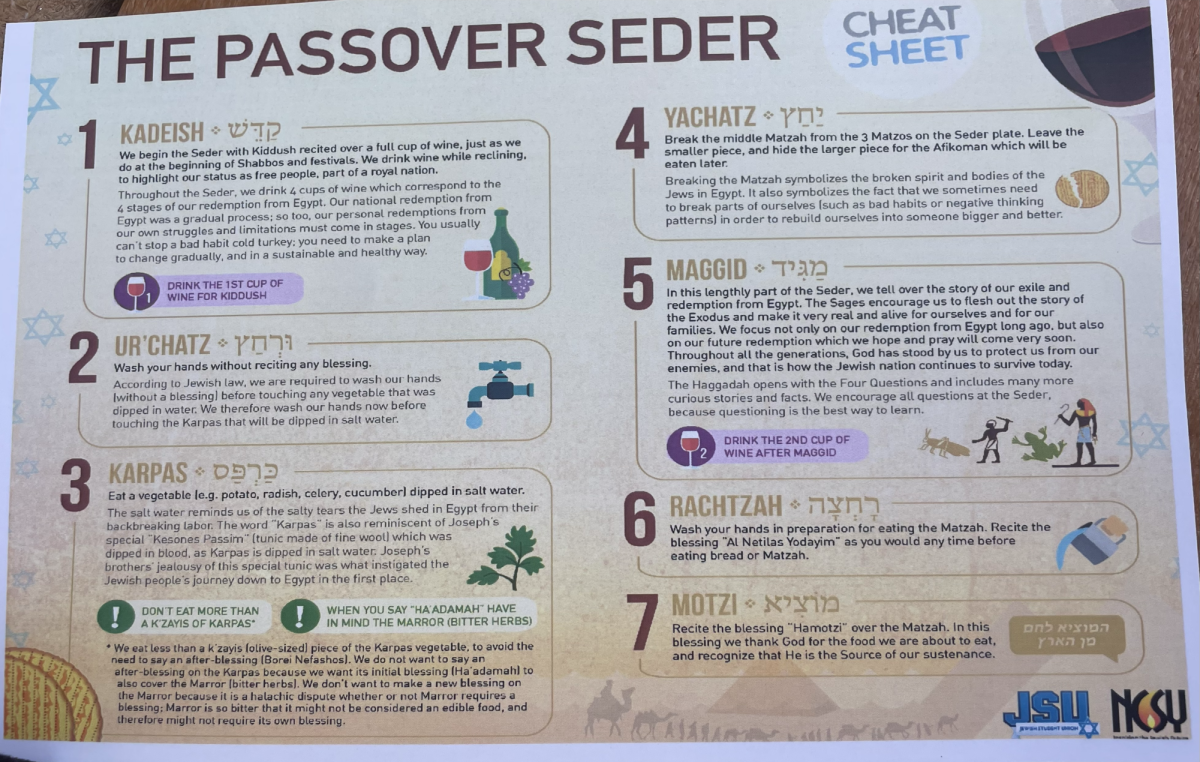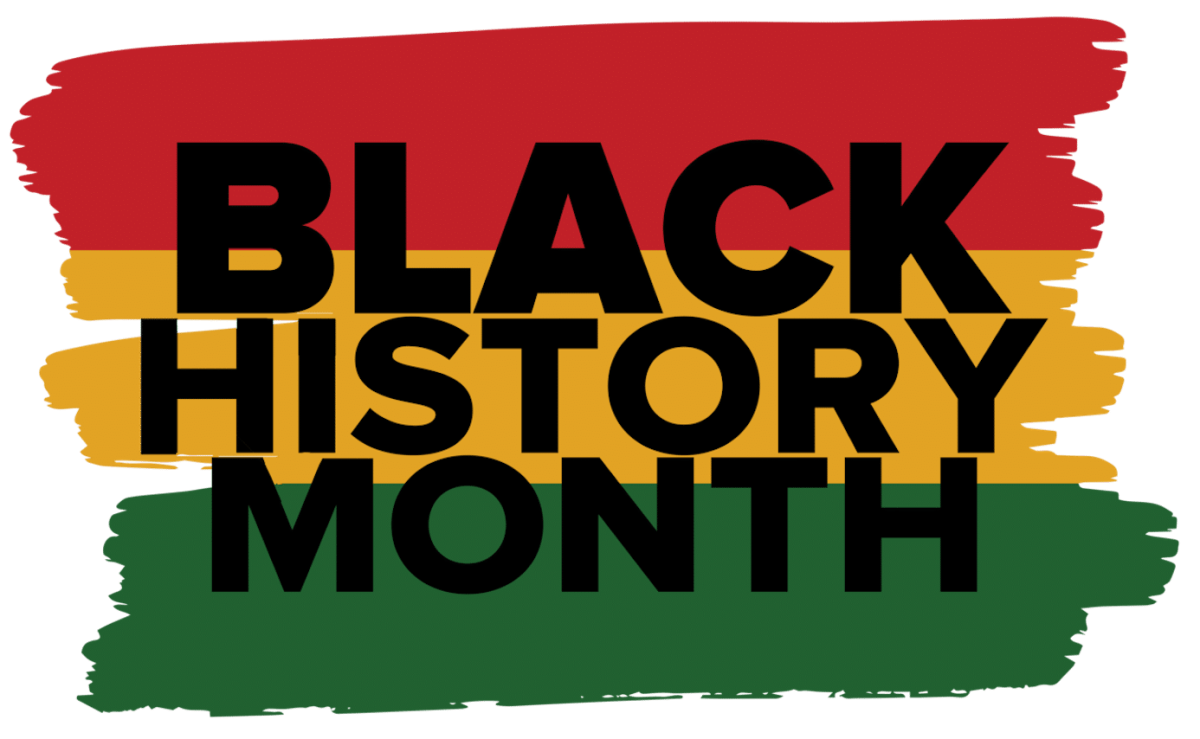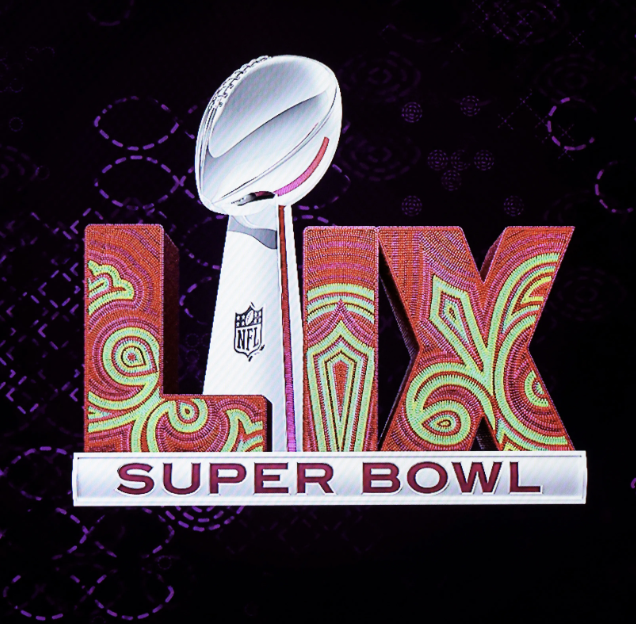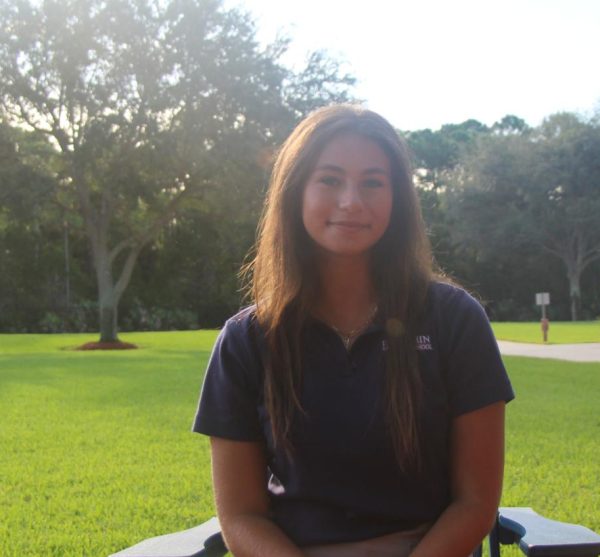Passover, a Jewish holiday that usually takes place in mid-April, celebrates the freedom of the Israelites from slavery in Egypt.
In the Book of Exodus, this story dates back to a long time ago in which the Israelites were kept as slaves in Egypt. They originally went to Egypt because there was a famine in Israel. In a simplified version of the story, Moses led the Jews out of Egypt after putting in tremendous effort to get the Pharaoh to free his people. When the Pharaoh refused, plagues were sent on the Egyptian people by God with Moses as his prophet.
These plagues include: water turning to blood, frogs, lice, flies, livestock pestilence, boils, hail, locusts, darkness, and finally the death of the firstborn. These horrible plagues were to not only warn, but punish the Egyptians for their terrible treatment of the Jews in the land.
Similar to Hanukkah, Passover is celebrated over eight holy days.In order to be Kosher for Passover, food must not contain leavened flour, barley, oats, rice, rye, and spelt, which means buying matzah and other “Kosher for Passover” items.
Traditionally, a seder, a ritualized dinner, is held on the first or second night of Passover to begin the celebration. One of the most unique aspects of this seder is the placement of drops of either Kosher red wine or grape juice on one’s plate as each of the ten plagues is recalled. This is to represent the blood and pain of the people thousands of years ago.
After the plagues passed and the Jews were freed, there was not much time to leave. The people needed to pack up and grab their belongings quickly. This is the reason for the rule against eating certain foods during the holiday; the Israelites had to rush to take their bread and allow it to cook on their backs as they fled Egypt through the Red Sea. The bread did not rise because there was no spare time for the yeast to rise.
For some families, the restriction goes beyond dietary to include possession. For them, selling the “chametz,” or bread, in a household is another important religious activity. A Rabbi sends out forms for any Jew to sell their bread to a non-Jew for the holiday. After Passover ends and if wanted, the original seller can get their chametz back. This act is done through a Rabbi because most of the time, the buyer never even receives the bread that they buy, it is just done as a symbol so that the Jews do not own it for the time being.
The holiday represents different ideas and feelings for every family. While there is a standard Seder routine with specific prayers and songs, many families have their own take on how to celebrate.
“Some of my happiest moments as a kid were when my parents were hosting a Seder. Where I grew up, there were not that many Jewish families, so most people around our seder table were actually not Jewish. I remember feeling how special it was to share our traditions and customs with our close friends,” shares Associate Director of College Counseling Mrs. Bekka Goldberg.
Another symbolic part of celebrating the holiday is the seder plate. This item at a seder holds seven different foods, each having their own important meaning. The foods are charoset, beitzah (egg), zeroah (shank bone), maror and charezet (bitter herbs), karpas (green vegetable), matzah, and salt water.
“My parents gave me our seder plate from growing up so I really enjoy being able to use that now and I set it in the middle of the table. I also love singing the Four Questions, and it reminds me of my childhood and I love that I get to carry that on for my son,” says Mrs. Goldberg.
Along with the Four Questions, another tradition that most young families carry on is hiding the Afikomen, a piece of matzah being hidden around the house or venue of the seder so that the children can find it and maybe win a prize.
“My favorite part of Passover is finding the afikomen because I like competing with my cousins to find it,” says junior Jake Weinberg.
Each tradition and symbol that came from the story of Passover has its own special meaning to the Jewish people. They all hold their own importance and should be shared with whoever is willing to listen and learn about a different culture.









